A singer-songwriter of somewhat mystical bent, originally from a forested island in the US Pacific Northwest, Kaitlyn Aurelia Smith really came into her own when she discovered vintage synthesizers. In particular, her masterpiece, 2016's EARS, saw her vocals merging into the rich flows of bubbling tones, melodies channelling folk traditions from various corners of the world, creating an unmistakably utopian sound. It felt neither futurist nor retro – rather, of a part with Craig Leon's Interplanetary Folk Music or Ursula K. Le Guin & Todd Barton Music and Poetry of the Kesh, beamed from an alternate, better, timeline.
Her next full album, 2017's The Kid, was fiercer, denser, driven by rhythm, as were her performances at the time, and suggested that Smith might be keen to compete with bands and DJs in the live arena. However it was followed up last year with the gentle drift of Tides: Music for Meditation and Yoga – and now this album which suggests she has little interest in moving towards standard performance tropes. This too is gentler, and as track titles like “The Spine is Quiet in the Center” and “Understanding Body Messages” make clear is tied up with Smith's own yoga practice: this is more exploration of self than performance to an audience.
As such, it's not as obviously or instantly attention grabbing as EARS or The Kid. There are plenty of vocals here, but the song structures are extra abstracted, ebbing and flowing with the textures, and there are very sparse new age type interludes that put paid to any sense of progression or momentum. However for all that, Smith seems to be physically incapable of making a sound that isn't delighting to the senses, and her new found love of synthetic string sounds, especially on the ten-minute-plus closer “Expanding Electricity” adds a swooning, romantic feel. If you want to get into this remarkable artist's work, EARS is still probably your best starting point, but as you swim outwards into the ocean of her other work, this is a great place to float.
Watch an edit of "Expanding Electricity":

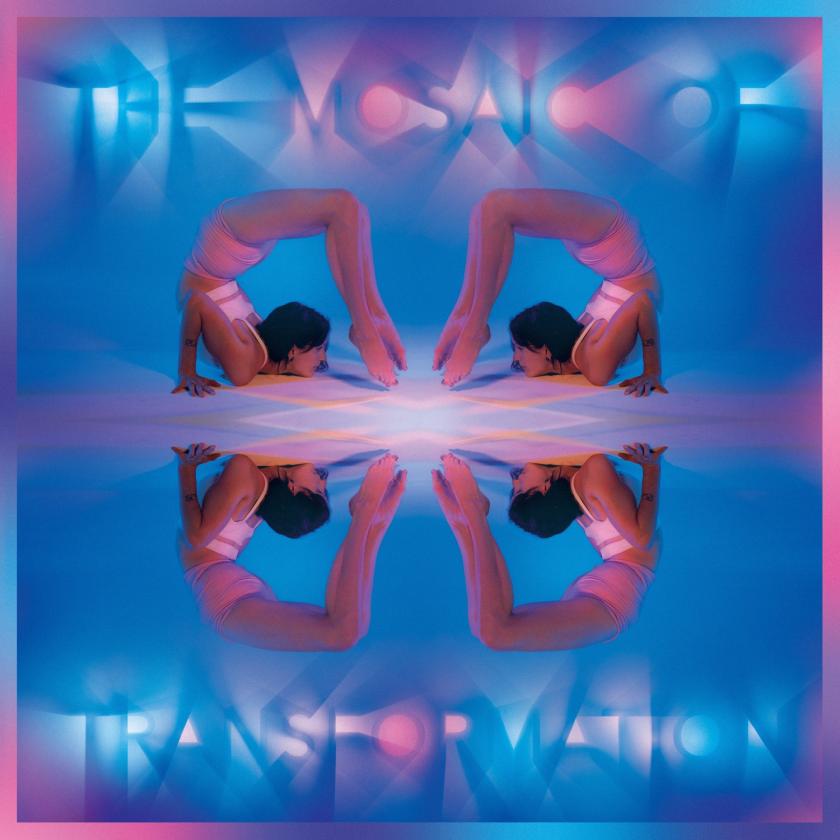





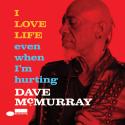
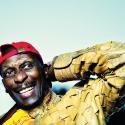
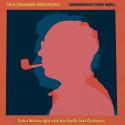
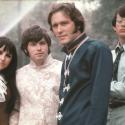

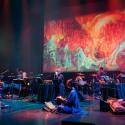

Add comment